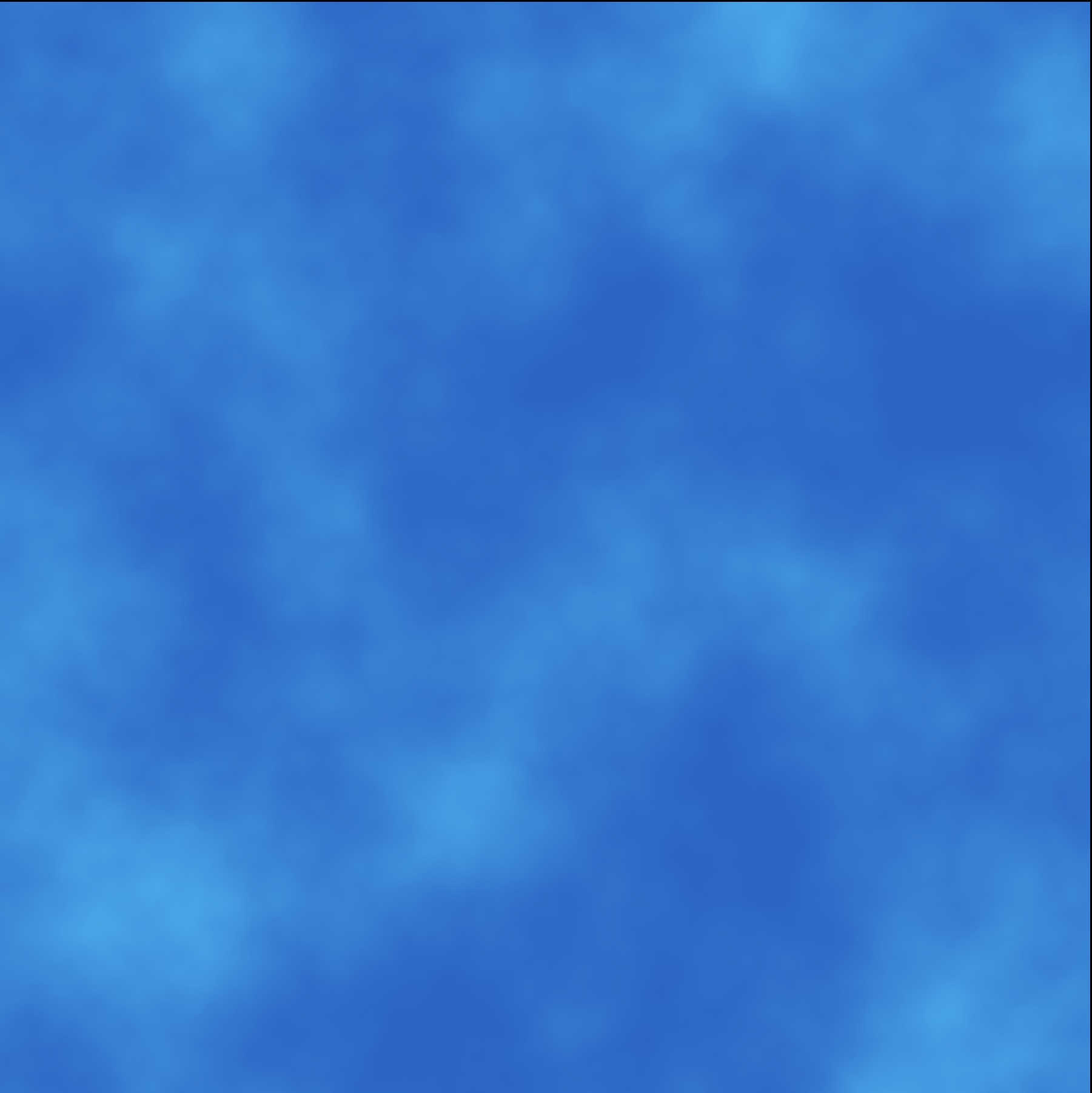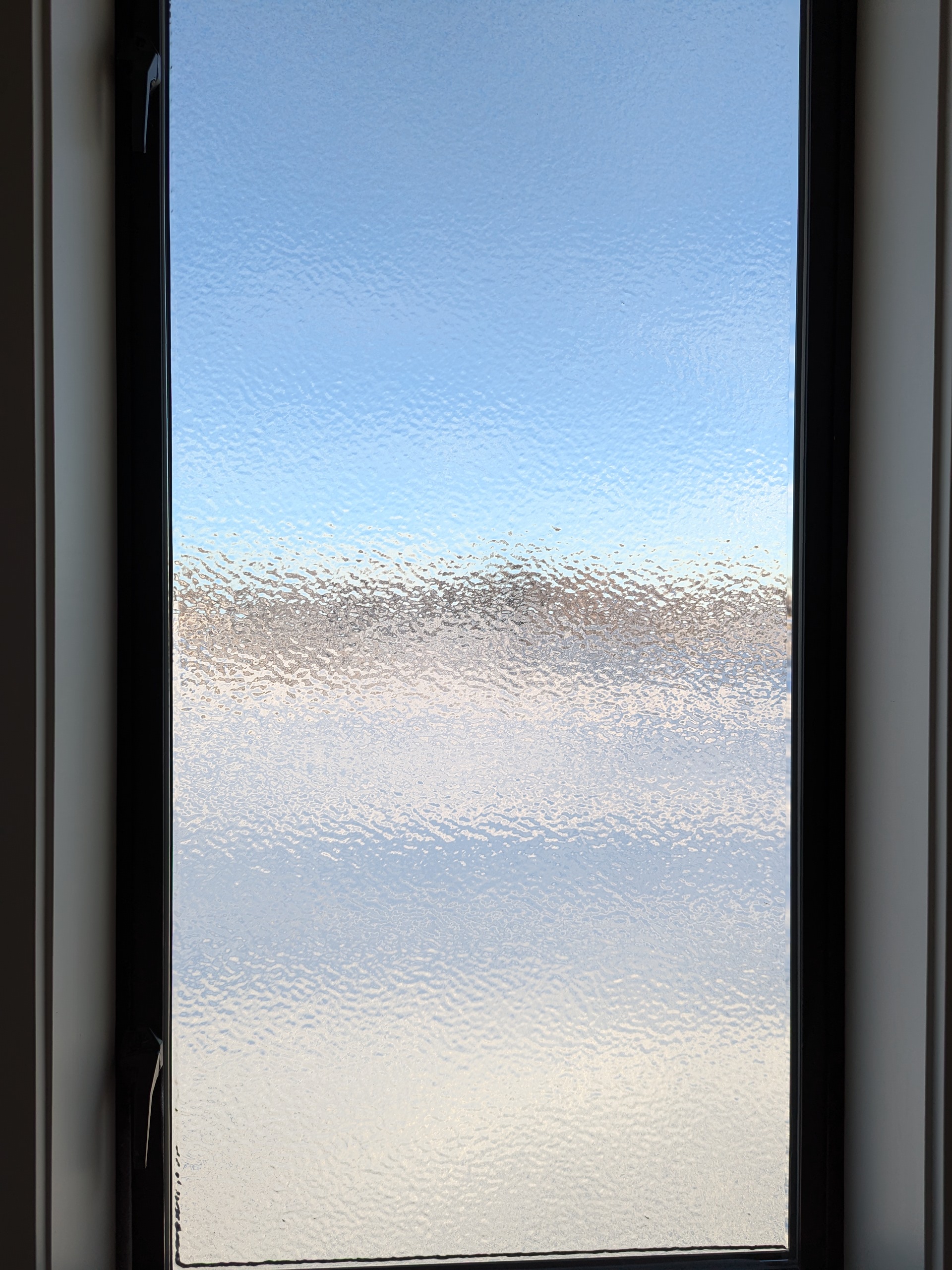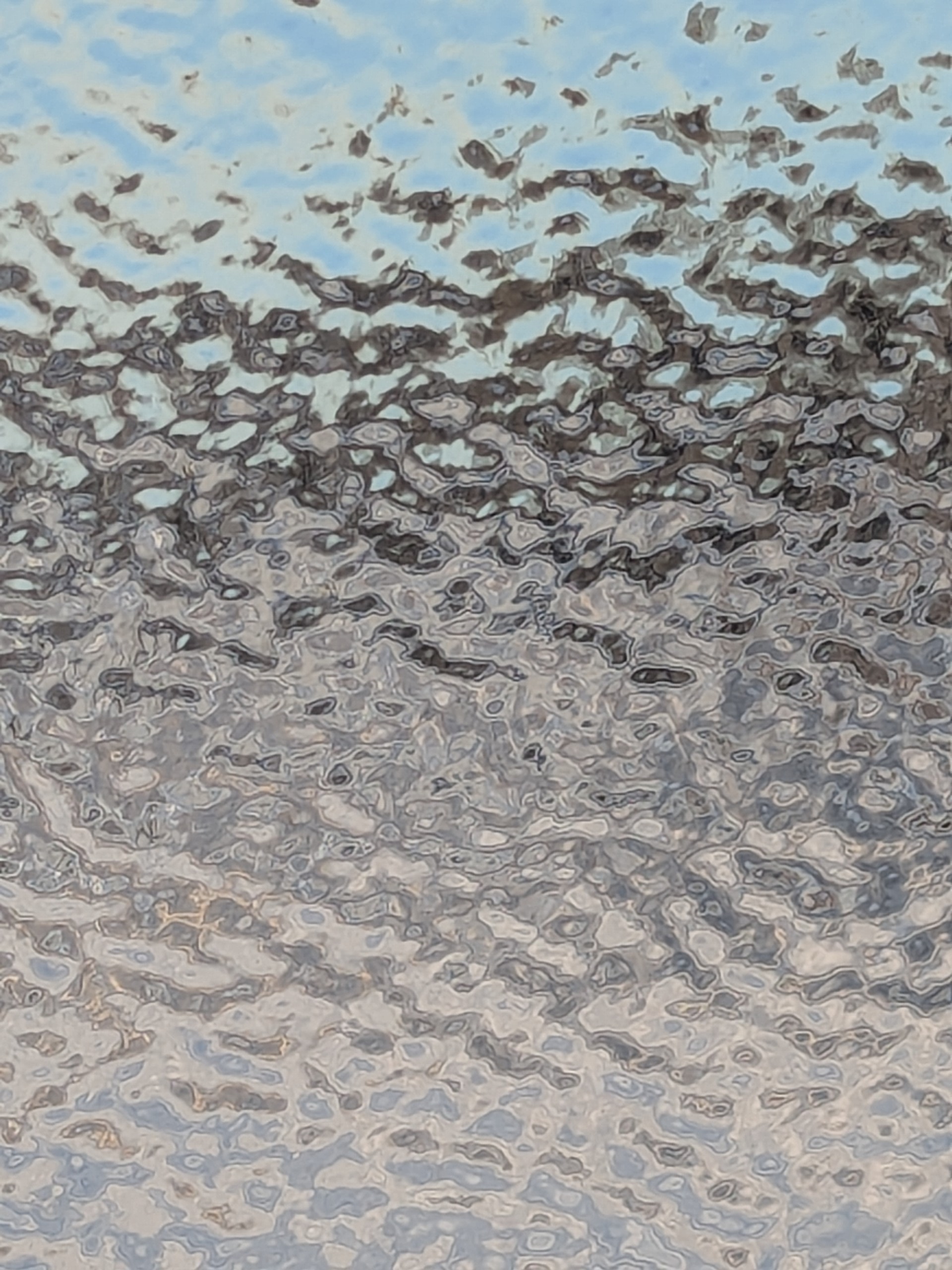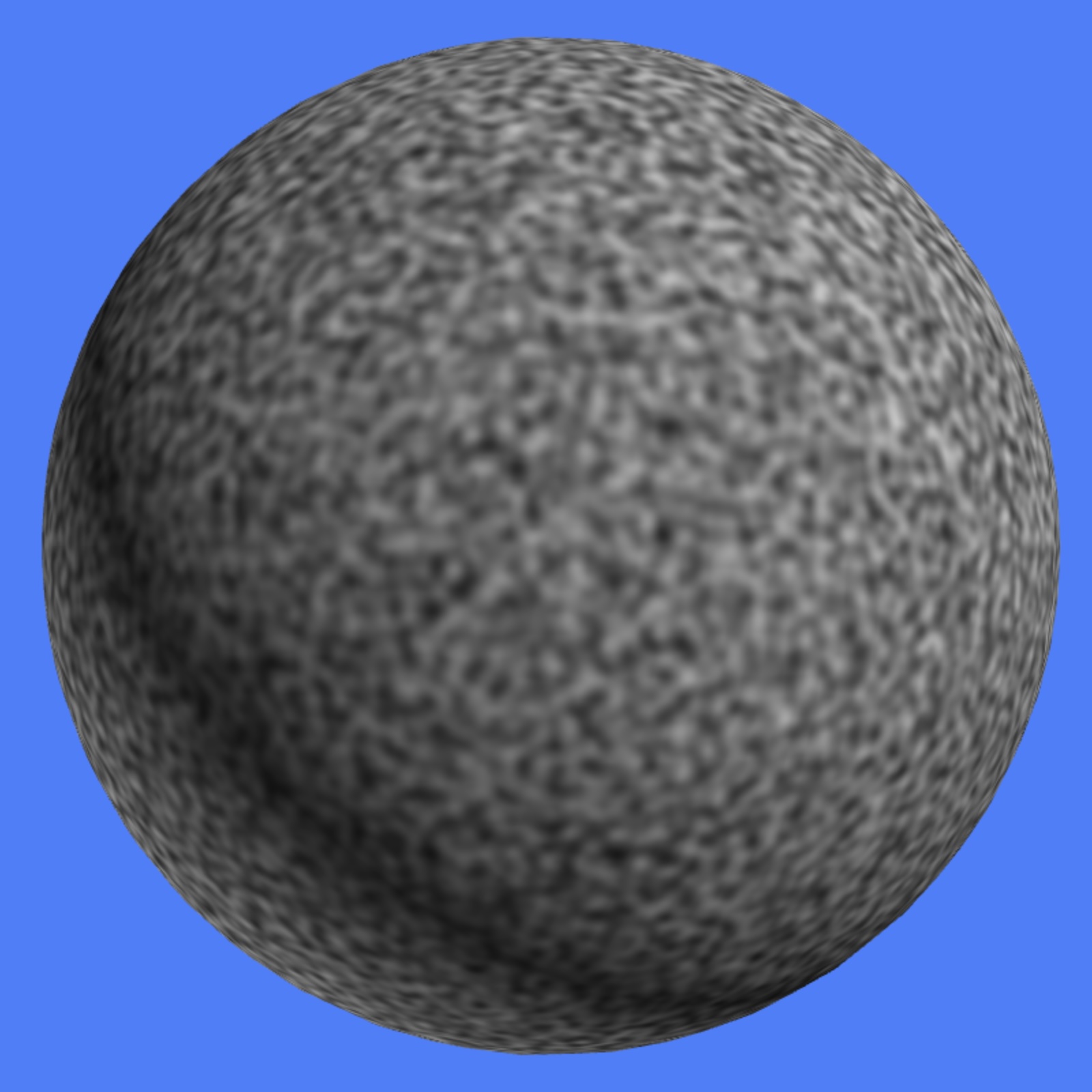What if there is some sort of fundamental difference in the way that people think in different parts of the world? I don’t mean a psychological difference, but more of a metaphysical difference.
Maybe there is some deep division in world view, in what we think of as rightfully animated, and as unrightfully animate.
It is possible that when we approach matters that seem as rational as technology, we bring with us values that are much deeper and more primal — not values that come from scientific thought, but rather values that come from metaphysical viewpoint.
There is a lot to unpack here. More tomorrow.





